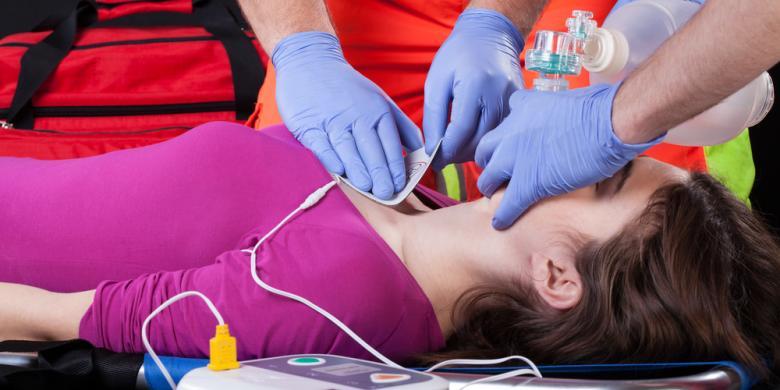Contents:
- Medical Video: How does an infection affect diabetes ? | Health Facts
- Why does diabetes make the sufferer susceptible to infection?
- The type of infection that is susceptible to diabetes
- 1. Otitis externa
- 2. Rhinocerebral mucormycosis
- 3. Urinary tract infections
- 4. Skin and soft tissue infections
- How to prevent infection in diabetics?
Medical Video: How does an infection affect diabetes ? | Health Facts
The immune system or endurance is an important factor in preventing infection in humans, because the body is almost always exposed to germs. But not everyone has a body resistance that can protect the body from infection, one of which is diabetics.
Why does diabetes make the sufferer susceptible to infection?
Uncontrolled increase in blood sugar levels (hyperglycemia) in diabetics, causes the immune system response to be slow when exposed to a germ. The condition of hyperglycemia also tends to be beneficial for germs, because high glucose levels can increase the ability of germs to grow and spread faster.
Hyperglycemia also increases the chance of infection by blocking blood flow to every corner of the body. So that with open wounds, infections are easier to occur because the distribution of nutrients needed for healing and fighting germs is hampered. The surface of the skin that lacks nutrients will also become easier to dry and the surface of the tissue that is easily passed by germs to the body.
The type of infection that is susceptible to diabetes
Infection in diabetics has a distinctive pattern, because it is almost only found in diabetics. Basically, infection is more likely to occur in the skin and nasal and ear cavities in the head but may also occur in the urinary tract even in the kidneys. These types of infections include:
1. Otitis externa
Is a type of infection that is healthy cell death. This infection often occurs in the outer ear canal and can invade the inner ear, especially in the cartilage and hard bones around the ear.
Otitis externa infection is caused by bacterial germs Pseudomonas aeruginosa which attacks adults over the age of 35 years. This type of infection is also often characterized by pain in the ear and accompanied by the appearance of fluid coming out of the ear cavity.
2. Rhinocerebral mucormycosis
This type of rare infection is caused by several microorganisms that can be found on the surface of the nose and around the sinuses. It can spread to the surrounding tissues, especially blood vessels, by damaging tissue and killing cells and causing erosion of the facial bones.
The complication of this infection is the spread of germs around the brain and cause brain abscesses. This disease arises when the patient's blood sugar levels are uncontrolled, especially if accompanied by ketoacidosis conditions. The main symptoms caused are pain around the nose, swelling and the appearance of blackish blood from the nose area.
3. Urinary tract infections
This can be the appearance of bacteria in the urine (bacteriuria), pus in the urine (pyuria), inflammation of the bladder (cystitis) and upper urinary tract infections. The reason is that bacteria that infect the urinary tract mainly occur around the bladder, and can cause kidney infections (pyelonephritis).
Pkidney disease is a fatal condition because it can cause kidney failure. In addition, it can also increase insulin resistance and cause difficulty in regulating the body's water content.
4. Skin and soft tissue infections
Basically, the condition of this infection is rare unless caused by the death of nerve cells and disruption of blood flow below the surface of the skin. Skin infections can occur in any part of the body, but are more common in the legs.
Diabetic foot condition (diabetic foot) is a chronic form of this infection that starts from the appearance of a resilient or fluid-filled wound in diabetics (Bullosis diabeticorum) Basically, the resilient wound can heal on its own, but it is very possible that a secondary infection will cause it to get worse.
How to prevent infection in diabetics?
Preventing infection is the best step to maintain the health and endurance of diabetics that can be done to maintain personal hygiene and living environment. Avoid open sores on any part of the body, especially on the legs. The appearance of resilience on the surface of the foot can be done by using the right and not too tight footwear. While preventing urinary tract infections can be done by maintaining the cleanliness of the genitals and urinating regularly.
Diabetics must also be aware to monitor the appearance of symptoms of infection early because it is a good time to stop the development of chronic infections. If symptoms of infection such as abnormal pain appear, hot or reddish rash appears, fever, inflammation of the ear cavity, nose and throat, digestive tract disorders, appearance of pus or unpleasant odor from the body, immediately do an early examination and treatment












